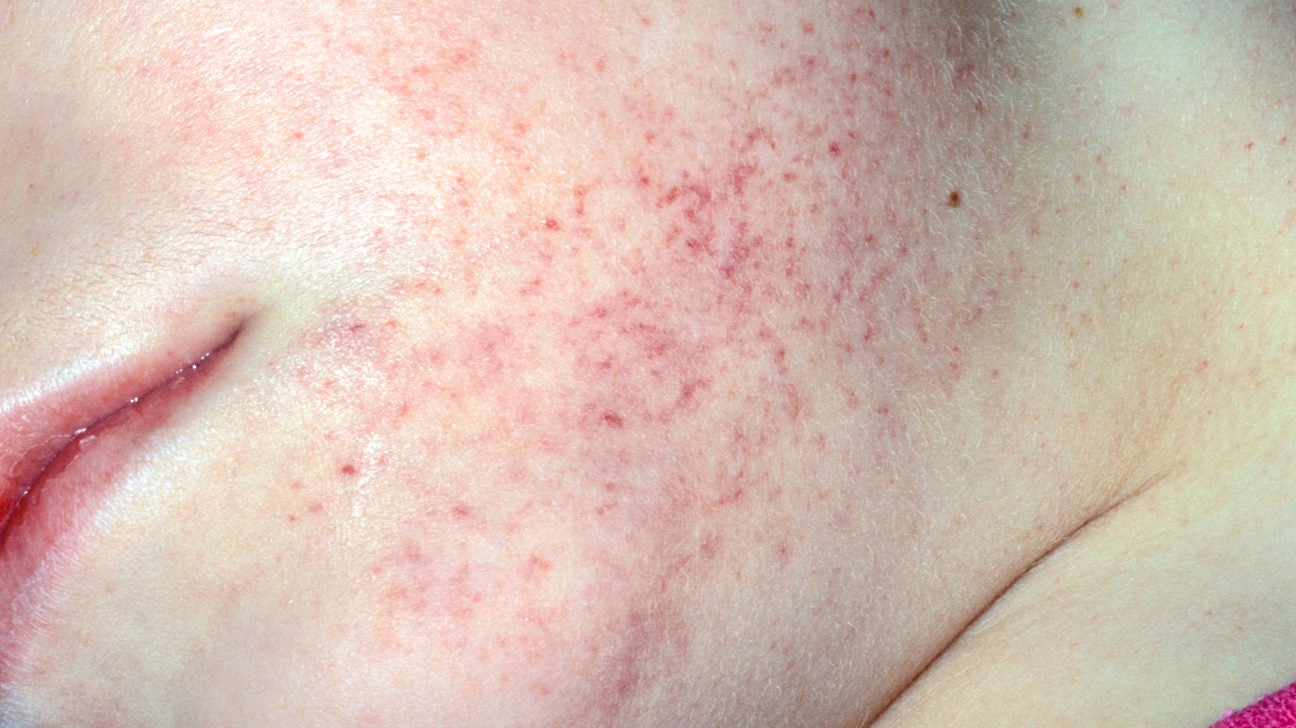

Leaflets on the specific conditions mentioned in the Causes section will give you more details. This is because cherry angiomas can resemble amelanotic melanoma, which is a form of skin cancer. For example, you may need a blood culture if your doctor thinks you have an infection, or a lumbar puncture if they think you have a nervous system disorder. A common symptom of blood cancer to note, is tiny red spots in the skin, known as petechiae Leukemia symptoms can vary because there are different types of leukaemia. Other tests may be ordered depending on the suspected cause. Symptoms of melanoma include a change in a mole, or a new mole that has. Tests to check for proteins that attack the body's own cells (autoantibodies). Flat, red patches on the skin that are irregularly shaped, and may or may not bleed.Tests to check for unusual levels of protein in your blood.Tests to check your blood clotting system.

Tests to check how well your liver is working.Inflammatory markers (tests to check for inflammation).
#Pinpoint red dots on skin that bleed full
A full blood count to check your platelets, white cells and red cells. Most tests can be done on blood samples and may include: Usually, these tiny red spots on the skin are not itchy and flat, and they don’t lose color when touched. The bleeding will cause red, purple, or brown spots to appear, sometimes in clusters, and it will often look like a rash. This is the result of small bleeds under the skin. These dots on the skin are the result of internal bleeding or leaking capillaries. While your child may suffer from a bloody nose or bleeding from the mouth. There are a huge number of tests which could be arranged, but hopefully by the time the doctor has taken your history and examined you they will have a reasonable idea as to which are the most important. Red and purple dots under the skin that look like a rash, usually on the lower legs. for some bruises and some small, pinpoint red spots under the skin. The doctor will need to ask you questions about the rash and your general health (take a history), examine you and do some tests. Conditions causing dilution of the platelets, such as rapid transfusion of large quantities of stored blood.īecause there are so many causes, diagnosing the reason why you have developed a rash takes a bit of detective work. Haemolytic uraemic syndrome (destruction of blood cells associated with kidney problems). Disseminated intravascular coagulation which causes excessive blood clotting in small blood vessels). Conditions affecting the blood clotting (coagulation) system, such as:. Conditions that increase the breakdown of platelets, such as:. Medicines such as co-trimoxazole (an antibiotic) and chemicals. Cancer deposits replacing the bone marrow. Aplastic anaemia (anaemia caused by problems with production of the platelets and other blood cells by the bone marrow). Conditions resulting from problems with platelet production, such as:.






 0 kommentar(er)
0 kommentar(er)
